Ashi Guruma - Judo Term Explained
Share

Ashi Guruma is a Judo term rooted in the martial art of Judo, which translates from Japanese as 'leg wheel'. This judo technique's focus is on precise foot placement and careful balance, to pivot on the lower part of the foot and 'wheel' over an opponent's leg. It offers a unique rotational method within Judo's varied repertoire of throws. By understanding the finesse of Ashi Guruma, one opens up further layers of Judo's intricate and diverse strategies.
Key Takeaways
- Ashi Guruma is a Japanese term that translates to 'leg wheel' in English.
- The technique focuses on foot placement and balance, using the lower foot as the axis of rotation.
- The execution of Ashi Guruma involves wheeling over the opponent's leg in a controlled manner.
- Common mistakes in performing Ashi Guruma include improper foot placement, poor timing, and failure to maintain balance.
- Mastering Ashi Guruma broadens Judo throwing techniques, offering a safer, more controlled alternative that emphasizes balance and effective execution.
Understanding the Term 'Ashi Guruma'
When it comes to understanding the term 'Ashi Guruma', it's essential to know that this Japanese phrase translates to 'leg wheel', highlighting its unique mechanics in Judo throwing techniques.
Unlike traditional throws, Ashi Guruma pivots on the lower part of the foot, acting as the axis. This method allows the practitioner to wheel over the opponent's leg in a controlled manner. The key to this technique is proper foot placement, critical for effective execution.
By focusing on the lower foot as the center of rotation, Ashi Guruma emphasizes balance and minimizes strain, helping to prevent injuries.
Understanding this intricate approach to throwing can offer a unique perspective in Judo, demonstrating the depth and complexity of this martial art.
Ashi Guruma Basic Principles
To master Ashi Guruma, understanding its basic principles is pivotal, starting with the distinctive role of the lower part of the foot as the axis for the throw. This technique, known as 'leg wheel' in English, necessitates a specific set of movements and balance. The fundamental principles of Ashi Guruma include:
- Utilizing the lower part of the foot as the axis of the throw.
- Wheeling over the opponent's leg in a specific, controlled manner.
- Focusing on the lower part of the foot as the center of rotation, as opposed to the hip.
- Placing the foot just inside or outside the opponent's leg for effective execution.
These principles underline the uniqueness of Ashi Guruma, offering a divergent approach to Judo throws.
Executing the Ashi Guruma Technique
Executing the Ashi Guruma technique requires precise foot placement and a controlled movement to effectively wheel over an opponent's leg. The practitioner uses the lower part of their foot as the axis for this unique Judo throw.
The technique differs from traditional throws as it focuses on rotation around the lower part of the foot, rather than the hip. This not only demands balance but also helps prevent injuries. The foot must be placed just inside or outside the opponent's leg, making this placement critical for effective execution.
Understanding and mastering the mechanics of Ashi Guruma can provide a unique approach to Judo, emphasizing both control and balance. This makes it an invaluable asset for those wishing to diversify their throwing techniques.
Common Mistakes in Ashi Guruma
Despite its effectiveness, there are several common mistakes practitioners often make when performing Ashi Guruma.
- Incorrect Focus: Many concentrate on hip rotation instead of the essential wheeling motion over the opponent's leg.
- Foot Placement: Improper foot positioning is another frequent mistake that results in ineffective execution.
- Timing: A lack of proper timing when applying the wheeling motion can disrupt the technique's effectiveness.
- Balance and Control: Failure to maintain equilibrium and control throughout the throw can lead to a failed attempt.
Understanding and avoiding these common errors can greatly enhance the execution of Ashi Guruma. Ensuring the correct focus, proper foot placement, right timing, and maintaining balance and control are key to mastering this technique.
Benefits of Mastering Ashi Guruma
Mastering Ashi Guruma not only broadens a Judoka's throwing techniques but also offers a safer, more controlled alternative to traditional throws. By focusing on wheeling over the leg, this unique technique provides a different dynamic compared to hip throws like Harai Goshi.
Here's a concise table summarizing the benefits:
| Benefits | Description | Impact |
|---|---|---|
| Enhanced Repertoire | Adds a unique rotational technique | Increases versatility in Judo competitions |
| Safety | Minimizes risk of injuries | Makes Judo safer for practitioners |
| Balance & Control | Emphasizes proper foot placement and rotation | Ensures effective execution of throws |
Understanding and mastering Ashi Guruma not only adds depth to a Judoka's skillset but also enhances safety and control in the dynamic sport of Judo.
Frequently Asked Questions
What Is the Meaning of O Guruma?
"O Guruma, a term in Judo, translates to 'major wheel' in English. It's a powerful hip throw technique where the practitioner uses their hip to lift and wheel the opponent over their body."
What Is the Meaning of Guruma in Judo?
'Guruma' in Judo refers to a wheel or rotating movement used in throws. It's a dynamic element, adding a spin to techniques, emphasizing rotational dynamics. Understanding 'Guruma' is key to mastering the wheeling motion in throws.
What Is the Meaning of Ashi Waza?
"Ashi Waza" translates to "foot techniques" in English. In Judo, it's a broad term encompassing techniques where one uses their feet or legs to unbalance, sweep, or throw an opponent. It's an essential skill set in the sport.
What Are the Techniques of Ashi Waza?
"Ashi Waza's techniques involve use of the legs to unbalance or throw an opponent. It's critical to understand foot placement and balance, as these moves rely heavily on the practitioner's ability to control their movements."
Conclusion
In the riveting dance of Judo, Ashi Guruma stands as a paradox, a delicate balance of power and precision. It's a demonstration of the sport's intricacy, intertwining strategy with meticulous attention to detail.
Through mastering this judo technique, practitioners reveal a new perspective, transforming a simple foot placement into an axis of control. In the world of Judo, Ashi Guruma isn't simply a technique—it's a powerful proof of the art's complexity and stunning grace.
Related Posts
-
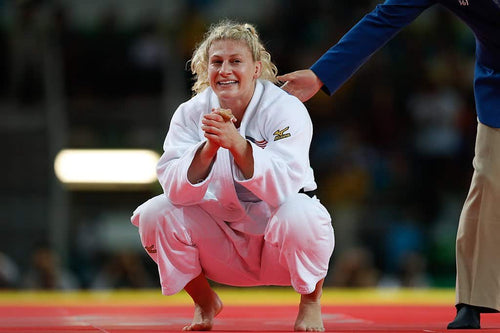
Kayla Harrison's Judo Journey - Judo Champion Turned MMA Powerhouse
Kayla Harrison is a groundbreaking American judoka who made history by becoming the first American woman to win an Ol...
-

Judo Atlanta - List of Judo Clubs in Atlanta area
In Atlanta, you can find excellent judo clubs such as Atlanta Judo Midtown and Black Ice Fitness where you can train...
-

Guram Tushishvili Disqualified - JUDO DRAMA with Teddy Riner
Guram Tushishvili Disqualified - Unsportsmanlike Behavior to French Judoka Teddy Riner Leads to Disqualification fro...
-

Yeldos Smetov - Judoka Profile
Yeldos Smetov, a name synonymous with excellence in judo, has carved out an illustrious career that stands as a beac...
-

Judo Olympics 2024 Results - Gold, Silver, and Bronze Medalists
The Judo Olympics 2024 Results are eagerly anticipated as the Paris Games approach, promising a thrilling display...
-

Judo For Self Defense - Here Is Why Is Judo Best For Self-Defense
Judo For Self Defense packs a punch. This martial art, born in Japan, turns attackers' strength against them. No nee...
-
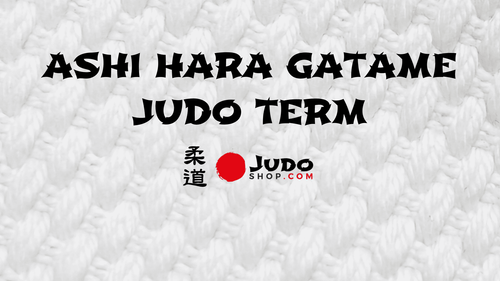
Ashi Hara Gatame - Judo Term Explained
Ashi Hara Gatame is a specialized technique in the martial art of judo, combining leg control, abdominal pressure, a...
-
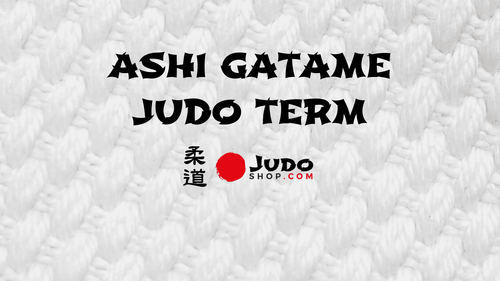
Ashi Gatame - Judo Term Explained
Ashi Gatame is a Judo technique referring to a kansetsu-waza (joint lock) where one uses their legs to immobilise ...
-

Judo Olympics 2024: Highlights, Athletes, and Schedules
Judo Olympics 2024 enthusiasts, mark your calendars! From July 27 to August 3, the Grand Palais Éphémère near the Eif...
-
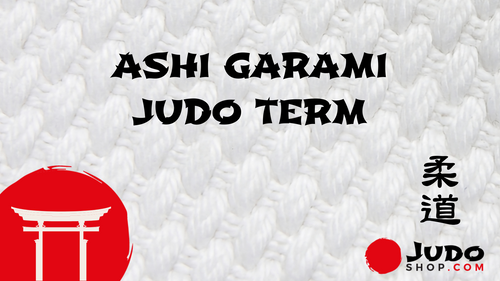
Ashi Garami - Judo Term Explained
What does "Ashi garami" mean in Judo? "Ashi garami" (足緘) is a Japanese term used in Judo that literally translates t...
-
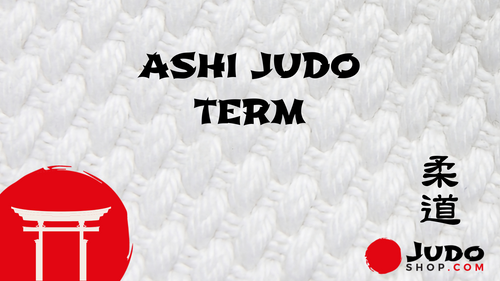
Ashi - Judo Term Explained
Ashi is term in Judo, referring to a leg or foot and category of judo techniques designed to unbalance and throw an ...
-
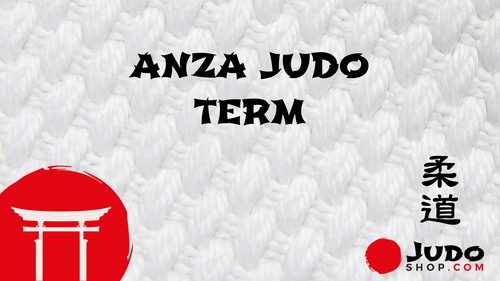
Anza - Judo Term Explained
The term Anza in Judo (安座) embodies a significant practice beyond merely sitting; it signals a deep respect and disc...
-
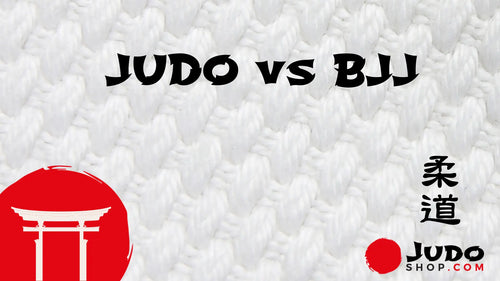
Judo vs BJJ? Of course Judo! Judo is better!
Welcome to Judoshop.com, the premier destination for judo enthusiasts worldwide. Here, we cater to beginners and vet...
-
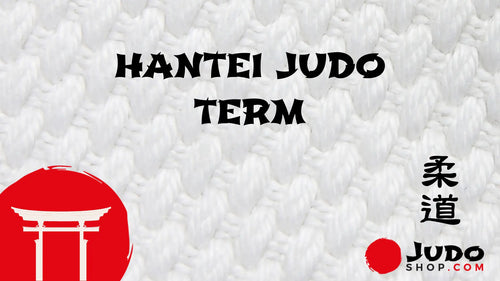
Hantei Judo Term Explanation
Contrary to popular belief, the term 'Hantei' in Judo is not just a simple decision-making process. It holds the p...
-
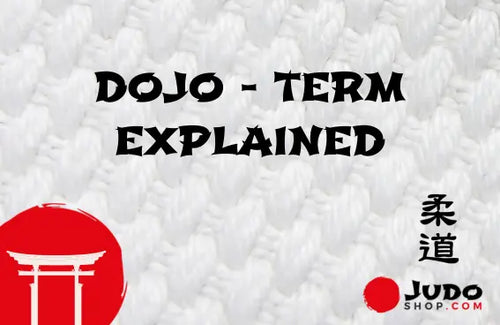
Dojo Meaning (updated 2023)
Dojos, places of immersive learning and meditation, hold great significance in martial arts. Derived from the Japane...
-
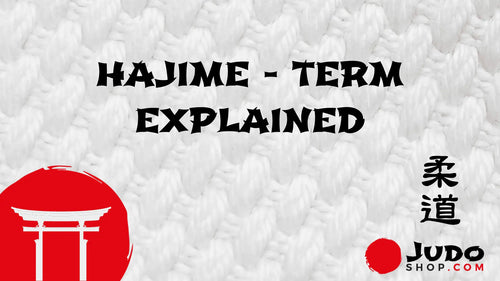
Hajime - Judo Term Explained
Ready to learn about Hajime in judo?It's all about using throws, pins, and joint locks on the mat. With the command ...
-
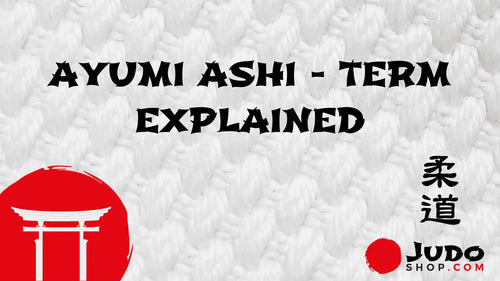
Ayumi Ashi - Judo Foot Work Explained
Are you ready to step into the world of Judo and master the art of Ayumi Ashi - 歩み足? This fundamental footwork techn...
-
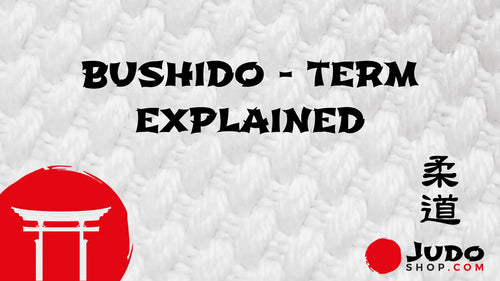
Bushido Explained
Bushido, the traditional code of ethics followed by samurai warriors in feudal Japan, is a subject that fascinates ...
-
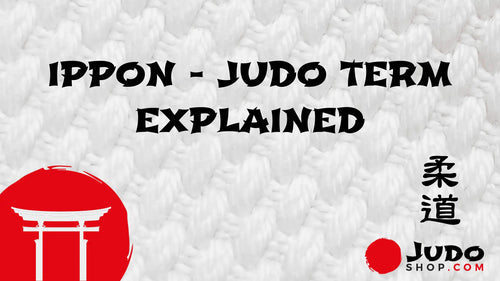
Ippon - Judo Term Explained
Imagine stepping onto the mat and feeling the adrenaline rush through your veins. In the world of judo, one ultimate...
-
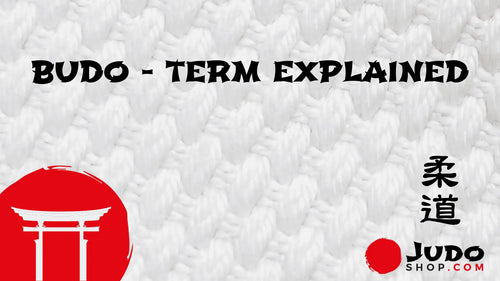
Budo - Term Explained
In a world full of chaos and conflict, one finds solace in the ancient art of budo. Contrary to popular belief, budo...
-
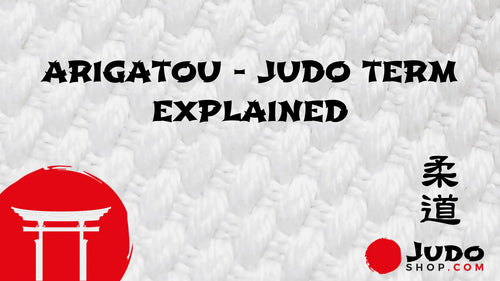
Arigatou - Judo Term Explained
Do you ever wonder about the true meaning behind the Japanese word 'Arigatou'? Well, wonder no more! 'Arigatou' is a...
-
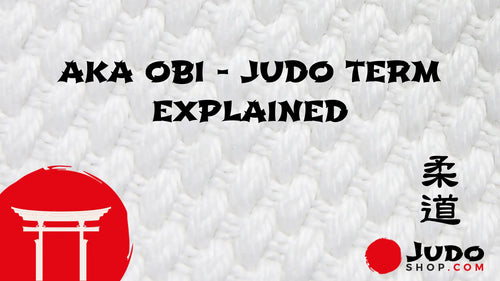
Aka Obi - Judo Term Explained
The aka obi, a red belt worn in Judo, is a prestigious symbol of expertise. Typically reserved for those holding a 9...
-

Why Are There 2 Bronze Medals In Judo
Judo is a unique sport that gives two bronze medals in each weight class. Many people wonder why this is done. To fi...
-
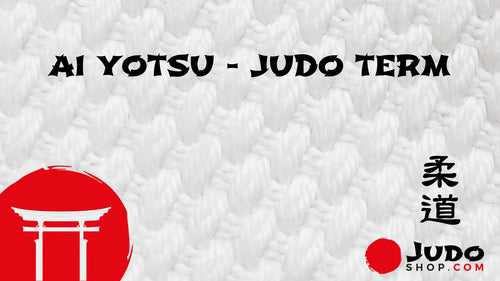
Ai Yotsu - Judo Term Explained
In the world of Judo, a term holds immense significance - Ai Yotsu. This grip, characterized by an intense and intim...
-
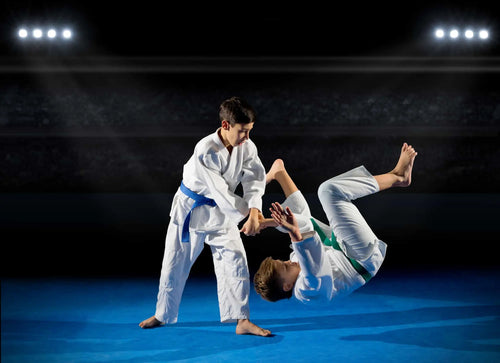
Is Judo Dangerous - Unveiling the Shocking Truths Behind this Ancient Martial Art
With its powerful throws and complex grappling techniques, one might wonder, "Is judo dangerous?" Yes, judo can po...
-

Is Judo The Toughest Sport - Unraveling the Grit and Grace of the Gentle Way
Judo, known as the Gentle Way, may seem like a paradoxical name for a sport, but don't let that fool you. While Ju...
-

Judo Terms - A Complete List of Judo Terms
Judo terms are the foundation of this martial art, and our collection is here to help both new and experienced judok...
-

English to Japanese Kanji and Hiragana translations
Are you looking for an English to Japanese Kanji translation? Here you can find more than 30 examples of Kanji and ...




























